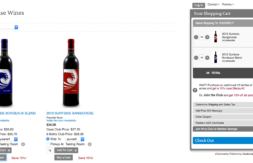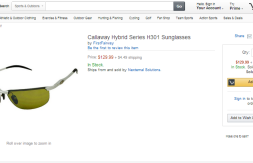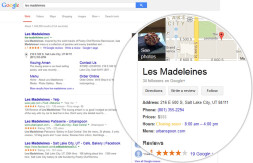Demystifying Online Merchant Accounts
If you have been selling online for quite some time, it might be time to take a closer look at your payment processing statement. If you can make sense of it, you are in the minority. Many processors issue complicated statements which can work to their advantage. After all, it’shard to argue with something that you don’t fully understand. The purpose of this article is to help you make sense of your statement. When armed with knowledge, you’ll be better prepared to get the best rates.
First take a close look at the Visa and MasterCard charges. You’ll likely notice that charges for the month are broken down into three categories; Qualified, Mid-qualified, and Non-qualified. If you crunch the numbers for each category, you’ll notice that the discount rate that you are paying is significantly different for each (be sure to crunch the numbers, many merchant account statements don’t display their mid and non-qualified rates). A non-qualified rate might be 2 percentage points higher than a qualified rate! Why are they different? The type of credit card a customer has will cost the merchant different amounts. Have you ever wondered how credit card companies can afford to give people airline miles, cash back, or other rewards? The answer may startle you, but you as the merchant are picking up much of those costs. For example, a credit card that allows customers to redeem rewards may fall into the mid-qualified category. Corporate or foreign credit cards will likely fall into the non-qualified grouping (the most expensive one).
So what can you do about this as an online merchant? Since you can’t control the type of cards your customers use, not much. To make things more frustrating, it’s also likely that you have no way of knowing which transactions fall into which category anyway. However, you can utilize this knowledge when shopping around for rates. Most merchant account companies are going to advertise their qualified rates (the lowest ones). A wise merchant will compare not only qualified rates, but mid-qualified and non-qualified rates as well. Rewards cards have gained in popularity for obvious reasons so your mid-qualified rate is likely more important than your qualified rate. If you are mostly conducting business to business ecommerce, it’s likely that most of your transactions will fall into the non-qualified grouping which means you really need to get the best non-qualified rate. Before shopping around rates take a look and see what percentage of your transactions fall into each rate type.
Now, take a look at your American Express statement (typically a completely separate statement). American Express is actually much simpler. You are likely paying one standard rate on all transactions. Merchants obtain an account directly from American Express so shopping around for a better rate is not going to provide much benefit. The only fee you may be able to negotiate is the per transaction fee which is determined by your gateway and online merchant account provider. If you are doing any kind of volume, this amount is probably less significant, but you should find out what the transaction fee is to fairly compare providers.
If you haven’t ever compared rates from different merchant account providers, now is a good time to do so. Getting a better plan in place before the holidays can really impact your bottom line for the year. One of Nexternal’s partners is currently offering a free cost analysis to those that are interested. Simply fill out this form
to see how you can save money.














